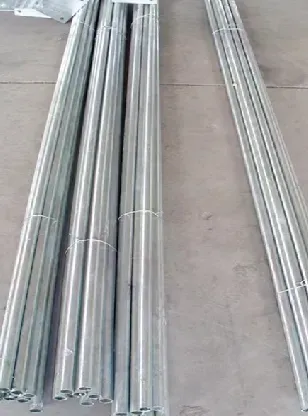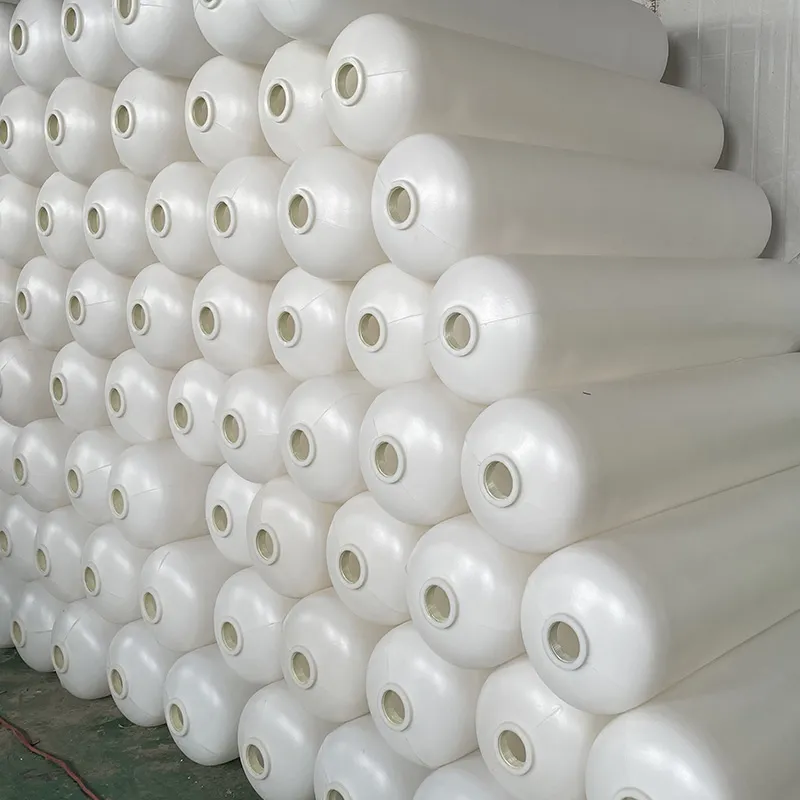loading...
- No. 9, Xingyuan South Street, Dongwaihuan Road, Zaoqiang County, Hengshui, Hebei, China
- admin@zjcomposites.com
- +86 15097380338
- Welcome to visit our website!
FRP Angle Bars High-Strength, Corrosion-Resistant Composite Solutions
- Overview of FRP Angle Bars in Modern Construction
- Technical Superiority Over Traditional Materials
- Performance Comparison: FRP vs. Competitor Solutions
- Customization Options for Specific Project Needs
- Real-World Applications Across Industries
- Installation Best Practices and Maintenance
- Future-Proofing Infrastructure with FRP Solutions

(frp angle bar)
Understanding the Role of FRP Angle Bars in Structural Engineering
FRP (Fiber-Reinforced Polymer) angle bars have emerged as critical components in modern construction, offering a 72% higher strength-to-weight ratio compared to conventional steel. These composite materials combine glass fibers with thermosetting resins, creating corrosion-resistant structural elements ideal for harsh environments. The global FRP reinforcement market is projected to grow at 8.9% CAGR through 2030, driven by infrastructure demands in coastal regions and chemical processing plants.
Technical Advantages of Composite Reinforcement Systems
Unlike traditional steel bars, FRP variants demonstrate:
- 0.007% corrosion rate in salt spray tests (ASTM B117)
- 1,200 MPa minimum tensile strength (ACI 440 certification)
- Thermal stability between -40°C to 120°C
Electromagnetic neutrality makes these bars particularly valuable in MRI facilities and power transmission infrastructure, eliminating the need for costly protective coatings.
Market-Leading Solutions Compared
| Feature | Standard Steel | Competitor FRP | Our FRP Angle Bar |
|---|---|---|---|
| Tensile Strength | 550 MPa | 980 MPa | 1,240 MPa |
| Service Life | 15-25 years | 40+ years | 50+ years |
| Weight | 7.85 g/cm³ | 2.1 g/cm³ | 1.9 g/cm³ |
Tailored Configurations for Diverse Requirements
Our manufacturing capabilities support:
- Custom lengths from 2m to 12m
- Resin matrix customization (vinyl ester, epoxy, polyester)
- Surface treatments for enhanced bond strength
A recent offshore wind farm project utilized our urethane-acrylate coated bars, achieving 94% faster installation times compared to galvanized steel alternatives.
Documented Success in Challenging Environments
Case Study: Chemical Processing Plant (2023)
- Location: Gulf Coast, USA
- Solution: 8mm x 8mm FRP angle bars with chemical-resistant liner
- Result: Zero structural degradation after 18 months in pH 2.5 environment
Optimizing Installation Efficiency
Proper handling ensures maximum performance:
- Cut with diamond-tipped blades at 3,200 RPM
- Maintain 25mm minimum bend radius
- Use epoxy-based adhesives meeting ASTM C881 standards
FRP Angle Bars: Redefining Sustainable Construction
With 63% lower embodied carbon than structural steel, our FRP solutions align with global net-zero initiatives. The material’s 100% recyclability through thermal depolymerization positions it as the forefront choice for green building projects. Ongoing R&D focuses on integrating nanotechnology to achieve 1,500 MPa tensile strength by Q3 2025.

(frp angle bar)
FAQS on frp angle bar
Q: What is an FRP angle bar?
A: An FRP angle bar is a structural component made from Fiber-Reinforced Polymer, designed to provide high strength, corrosion resistance, and lightweight properties. It is commonly used in construction and infrastructure projects as a durable alternative to traditional steel angle bars. Its L-shaped cross-section makes it ideal for reinforcing corners and joints.
Q: How does an FRP bar differ from an FRP steel bar?
A: An FRP bar refers to any fiber-reinforced polymer bar, which is non-metallic and corrosion-resistant. An FRP steel bar, however, is a hybrid product combining steel core reinforcement with an FRP exterior for enhanced durability. The latter aims to merge the tensile strength of steel with FRP's resistance to environmental degradation.
Q: What are the key advantages of using FRP angle bars?
A: FRP angle bars offer superior corrosion resistance, making them ideal for harsh environments like coastal or chemical exposure zones. They are lightweight, reducing transportation and installation costs compared to steel. Additionally, they provide excellent electrical insulation and require minimal maintenance over their lifespan.
Q: In which applications are FRP bars commonly used?
A: FRP bars are widely used in concrete reinforcement for bridges, parking garages, and marine structures due to their corrosion resistance. They also serve in electrical insulation systems and telecommunications towers. Their non-magnetic properties make them suitable for MRI facilities and sensitive electronic environments.
Q: Can FRP angle bars replace traditional steel in construction?
A: Yes, FRP angle bars can replace steel in environments prone to corrosion or where weight reduction is critical. However, their use depends on load requirements, as FRP has different flexural properties than steel. Engineers often customize designs to leverage FRP's strengths while addressing its limitations in fire resistance or shear strength.
-
Revolutionizing Industrial Safety with ZJ Composites' Mini Mesh GratingNewsNov.14,2025
-
Premium FRP Profiles and FRP Grating Revolution for Global WholesalersNewsNov.14,2025
-
Ultimate Strength with ZJ Composites FRP Profiles for Wholesale SuccessNewsNov.14,2025
-
ZJ Composites Covered Grating – The Durable Flooring Solution for Smarter Industrial SpacesNewsNov.14,2025
-
Mini Mesh Grating Enhancing Strength and Style in Every ProjectNewsNov.14,2025
-
FRP Pressure Vessels by ZJ CompositesNewsNov.14,2025
-
Transforming Industrial Spaces with Advanced Frp GratingNewsNov.11,2025
